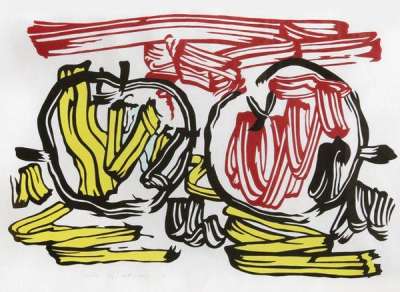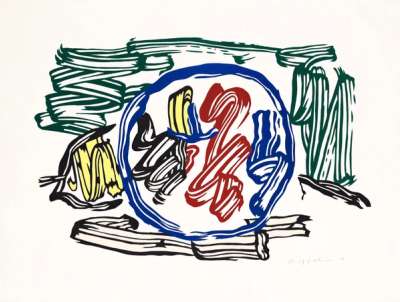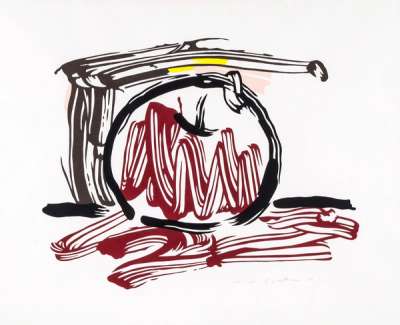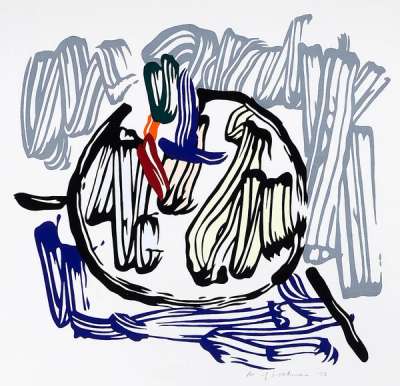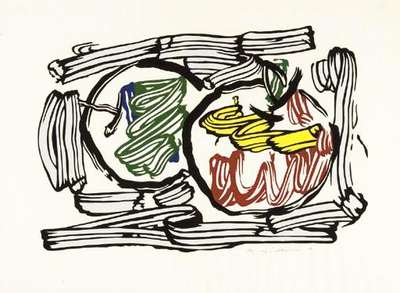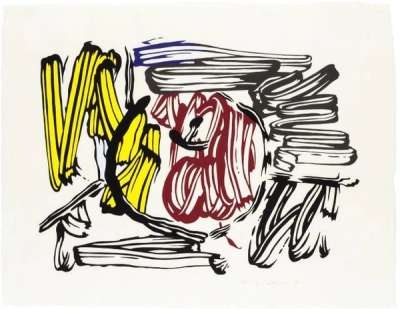
Vertical Apple
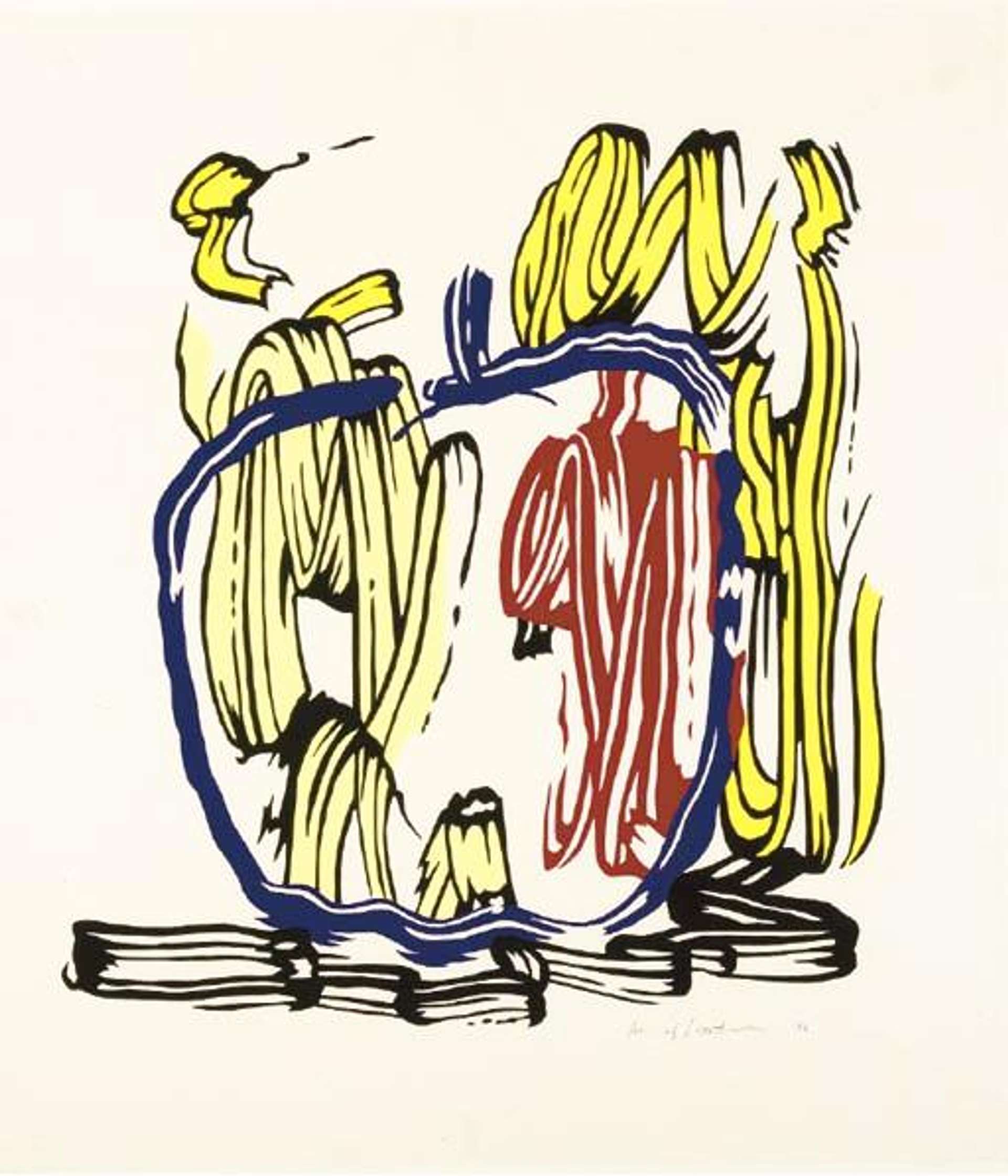
Vertical Apple
Signed Print
Roy Lichtenstein
£11,500-£18,000
$22,000-$35,000 Value Indicator
$20,000-$30,000 Value Indicator
¥110,000-¥160,000 Value Indicator
€13,500-€21,000 Value Indicator
$110,000-$180,000 Value Indicator
¥2,200,000-¥3,440,000 Value Indicator
$14,500-$23,000 Value Indicator
AAGR (5 years) This estimate blends recent public auction records with our own private sale data and network demand.
There aren't enough data points on this work for a comprehensive result. Please speak to a specialist by making an enquiry.
Medium: Woodcut
Edition size: 60
Year: 1983
Size: H 76cm x W 69cm
Signed: Yes
Format: Signed Print
TradingFloor
MyPortfolio
Your collection tracked in real time.
Build your portfolio, manage valuations, view return against your collection and watch works you're looking for.
Track auction value trend
Auction Results
| Auction Date | Auction House | Artwork | Hammer Price | Return to Seller | Buyer Paid |
|---|---|---|---|---|---|
| September 2016 | Christie's London - United Kingdom | Vertical Apple - Signed Print | |||
| November 2013 | Bonhams New Bond Street - United Kingdom | Vertical Apple - Signed Print |
Meaning & Analysis
Roy Lichtenstein’s Seven Apple Woodcuts of 1983 parody two major art historical practices. The sequence directs criticism at the idolised brushwork of abstract expressionists, while also exploring the mannerism of still life portraits. Lichtenstein’s Seven Apple Woodcuts are abstracted versions of the artist’s previous Six Still Lifesof 1974 and the predecessors of his Brushstroke Facesof 1989.
Vertical Appleactively exploits the unrefined and abstract qualities of Lichtenstein’s own visual language. The print was manufactured through the surprising printing method of woodcut. There is a built-in absurdity in the inflated blue contours of the artist’s distorted and surreal version of the fruit. In portraying the inanimate object as such, he satirises the emotive qualities of brushwork and its inherent art historical importance. Vertical Appleis directly critiquing the abstract expressionist belief that painterly gestures are guided by the subconscious.
Additionally, the print also mimics the ingrained conventions of still life portraiture, demonstrating the enduring influence of the genre. Conjoining creamy yellow streaks of colour with red sweeps, the work alludes to the naturalistic colour scheme of an apple. Lichtenstein proves that it isn’t necessary to realistically portray the whole fruit, in order for audience’s to recognise the subject matter.
